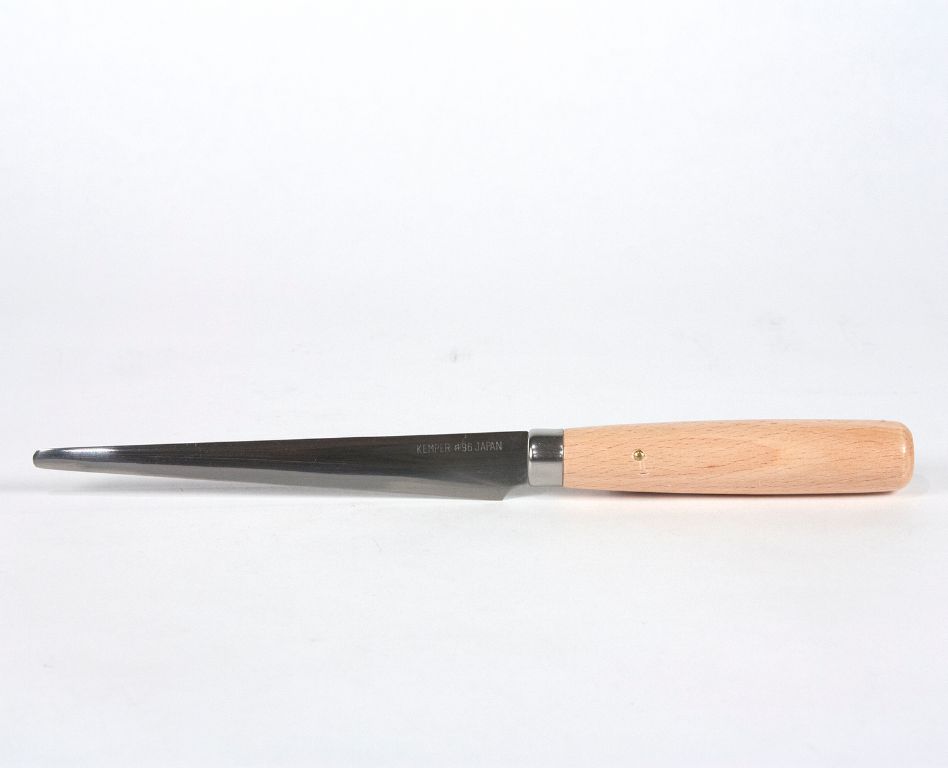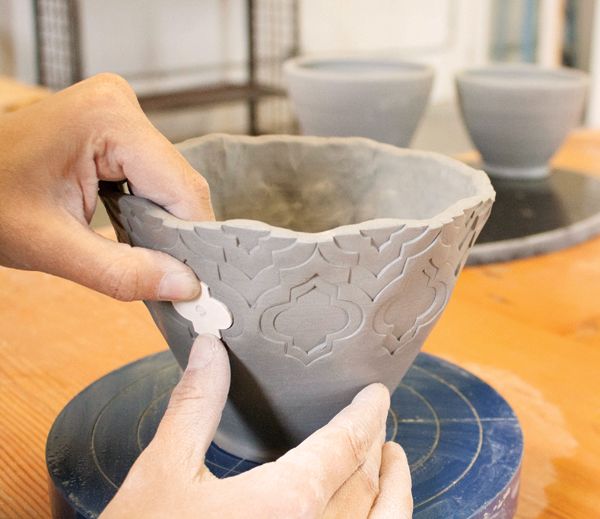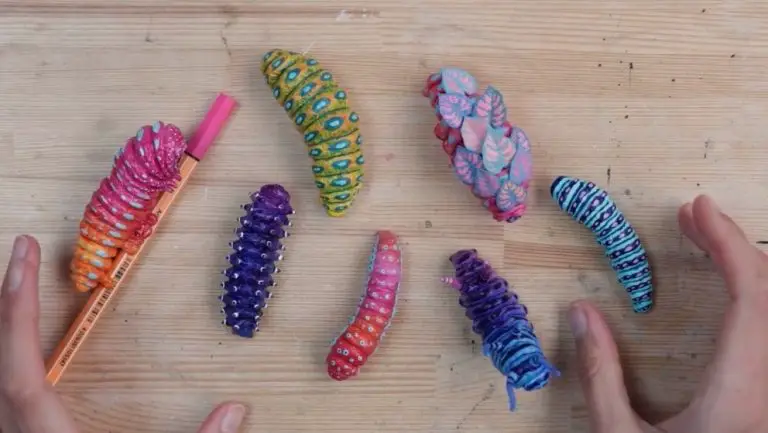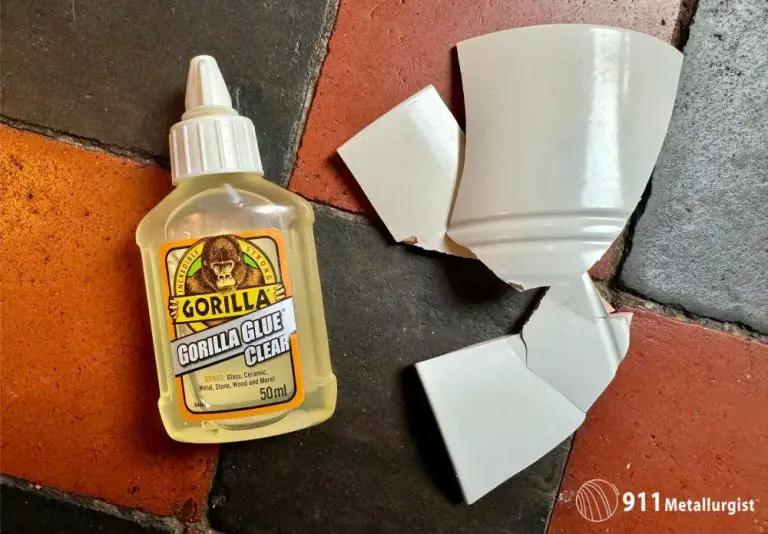What Is The Difference Between A Hard And Soft Fettling Knife?
A fettling knife is a thin, sharp blade used in pottery and ceramics to trim, smooth, and refine surfaces on clay or glazed pieces.
Fettling knives come in two main types: hard and soft. Hard fettling knives have stiff, tempered steel blades that retain a sharp edge and are good for trimming and cutting clay. Soft fettling knives have flexible blades made of softer metals like copper. They are used for smoothing and burnishing.
The key differences between hard and soft fettling knives are the material and flexibility of the blade. Hard blades stay sharper for trimming while soft blades are more flexible for smoothing and finishing work.
History
Fettling knives have been used for centuries in pottery and ceramics work to trim and finish pieces after casting. The term “fettling” comes from the Middle English word “fetelen” meaning to neaten or polish. These early fettling knives were forged from steel and had a variety of blade shapes depending on their intended use.
It wasn’t until the mid-20th century that ceramic blades emerged as an alternative material for fettling knives. The development of improved ceramic composites like zirconium oxide allowed knives to be crafted with ultra-hard, lightweight blades. The introduction of Kyocera’s ceramic utility knife in 1984 brought ceramic knives into the mainstream as a viable option for applications like fettling. Today, ceramic fettling knives are commonly used alongside traditional steel varieties.
Uses
Hard and soft fettling knives have different applications when used in pottery and ceramics:
Hard fettling knives have blades made from harder steel that do not flex. Hard fettling knives are useful for:Fettling Knife — Posts — The Studio Manager
- Cutting and trimming bone-dry greenware or bisqueware
- Smoothing seams and edges
- Removing flaws and excess clay
The stiffness of the blade allows for more control and precision when carving, scraping, and smoothing the clay surface.Knives, Saws and Rasps – Bailey Ceramic Supply The hard blade does not bend or flex when pressure is applied.
In contrast, soft fettling knives have flexible blades made of softer steel. Soft fettling knives are useful for:Knives, Saws and Rasps – Bailey Ceramic Supply
- Smoothing and blending damp clay surfaces
- Reaching into crevices and curved areas
- Creating texture effects in leather-hard clay
The flexible blade conforms to the clay shape and allows for smoothing hard to reach areas. The soft blade does not cut into the clay as deeply.
Construction
The main difference in construction between hard and soft fettling knives is the material used for the blade. Hard fettling knives feature a blade made from hardened steel, while soft fettling knives use a more flexible tempered steel.
Hard fettling knives like the Kemper F97 use high carbon steel for the blade, which is heat treated to achieve a hardness around Rockwell 60C. This creates a very hard, stiff blade that keeps a sharp edge well. However, the brittle hardness also means the edge can chip if used improperly on very hard materials.
In contrast, soft fettling knives like the Kemper F96 use a softer, springier tempered steel for the blade. This steel often has a hardness around Rockwell 50C. While it doesn’t hold an edge quite as well, the softer steel flexes rather than chipping if stressed. This makes it better suited for forceful scraping tasks.
The handles on both hard and soft fettling knives are usually made of wood or plastic to provide grip and isolate the user’s hand from vibrations. The blade is securely riveted into the handle. The handles range from 3-4 inches long to allow safe control of the blade.
Properties
The key difference between hard and soft fettling knives is in their material properties. Hard fettling knives are typically made from hardened tool steel, which provides hardness, durability and edge retention but less flexibility (https://www.theceramicshop.com/product/1483/fettling-knife-hard-kemper/). The harder steel allows the blade to keep its edge longer but means the blade is more brittle and prone to chipping if used improperly.
Soft fettling knives are made from softer grades of steel which provides more flexibility and springiness but less hardness (https://www.thestudiomanager.com/posts/tag/Fettling+Knife). The softer steel allows the blade to flex without breaking, which is useful for delicate ceramic work, but it requires more frequent sharpening as the edge dulls faster. Soft blades are also more prone to deforming if excessive force is applied.
In summary, hard fettling knives emphasize durability and edge retention while soft fettling knives provide flexibility and resilience. Ceramic artists choose between the two based on their specific needs and preferences in a fettling knife blade.
Sharpening
Proper sharpening is essential for both hard and soft fettling knives in order to keep a keen edge. Here are some tips for sharpening both types of fettling knives:
To sharpen a hard fettling knife:
- Use a coarse stone (around 220 grit) to reshape and repair the edge if it is very dull or damaged. Apply moderate pressure and hold an angle of about 20 degrees.
- Move to a medium stone (400-800 grit) to refine the edge. Use lighter pressure and make sure to sharpen the entire bevel.
- Finish sharpening on a fine stone (1000-2000 grit) with very light pressure to polish the edge.
To sharpen a soft fettling knife:
- Start on a medium grit stone (400-600 grit) since soft steel does not require heavy reshaping.
- Use light pressure and a 15-20 degree angle.
- Move to a fine stone (800-2000 grit) to refine the edge. Use very light pressure.
- Soft steel can chip more easily, so make sure not to oversharpen.

Always make sure to flatten your stones periodically. Test the edge gently on your fingernail – it should easily catch and shave off a thin sliver. Proper sharpening extends the life of fettling knives.
Maintenance
Proper maintenance is important for ensuring fettling knives remain functional and last a long time. There are some differences in caring for hard versus soft fettling knives.
For hard fettling knives, avoid soaking them in water or cleaning with abrasives. Gently wipe clean with a soft cloth after each use. To remove stuck on clay or glaze, use a plastic clay scraping tool. Store hard fettling knives in a knife block or sheath to prevent damage to the blade.
Soft fettling knives can withstand more vigorous cleaning. Use a stiff nylon brush under running water to remove clay and glaze residue. Allow to fully air dry after cleaning to prevent rust on the blade. Soft fettling knives are more bendable but can still be damaged if not cared for properly. Avoid bending at sharp angles or dropping on hard surfaces.
With proper maintenance, both hard and soft fettling knives can remain functional tools for potters and ceramic artists for many years.
Cost
Hard fettling knives are generally more expensive than soft fettling knives. According to Your Ceramic Store, hard fettling knives can range from $20 to $50 depending on the size and brand. In contrast, soft fettling knives are typically $10 to $25.
For example, Kemper hard fettling knives range from $25 for a small 4″ knife up to $45 for a large 10″ knife. Meanwhile, Kemper soft fettling knives are around $15 for a standard 6″ knife according to Amazon.
The reason for the price difference is that hard fettling knives require more specialized steel and tempering to achieve the rigid blade. Soft fettling knives can be made from simpler steels and manufacturing processes since flexibility is desired.
In summary, expect to pay about twice as much for a hard fettling knife versus a soft fettling knife of the same size from major manufacturers like Kemper.
Manufacturers
There are several popular brands that manufacture both hard and soft fettling knives for different applications:
Hard Fettling Knives
Some top brands for hard fettling knives include:
- Kemper – Kemper offers the F97 hard fettling knife made from hardened steel for strength and durability. It can handle tougher cutting and scraping tasks. Source
- Xiem – Xiem’s hard fettling knives feature high carbon steel blades that resist chipping and stay sharp. They work well for trimming seams and carving into harder materials. Source
Soft Fettling Knives
Popular brands for soft fettling knives include:
- Kemper – Kemper’s F96 soft fettling knife has a flexible steel blade good for smoothing curves and reaching tight spaces. It won’t damage soft surfaces. Source
- Nidec – Nidec offers ergonomic, soft grip handles on their flexible knives for comfort during prolonged use. The soft steel blades are less prone to leaving scratches. Source
Conclusion
In summary, the key differences between a hard and soft fettling knife are in their construction and properties. Hard fettling knives are made of high carbon steel, making them very hard and durable but also brittle. They maintain a sharp edge well but can chip if used improperly. Soft fettling knives contain less carbon and are made of softer, more malleable steel. This makes them flexible and less prone to chipping but means they require more frequent sharpening and don’t hold an edge as long.
When choosing between a hard or soft fettling knife, consider your use case and preferences. Hard knives are best for rough, heavy duty fettling work where durability and edge retention are critical. Soft knives are a better choice for more delicate work and if you need a flexible blade that can bend without breaking. Also factor in sharpening requirements and your skill level. Harder knives require more skill to sharpen properly. Ultimately the ideal fettling knife depends on your needs, skills and work style. Evaluate your priorities and choose the construction that best fits your work.




